15 Vegetables You Should Eat Daily And 10 You Can Do Without
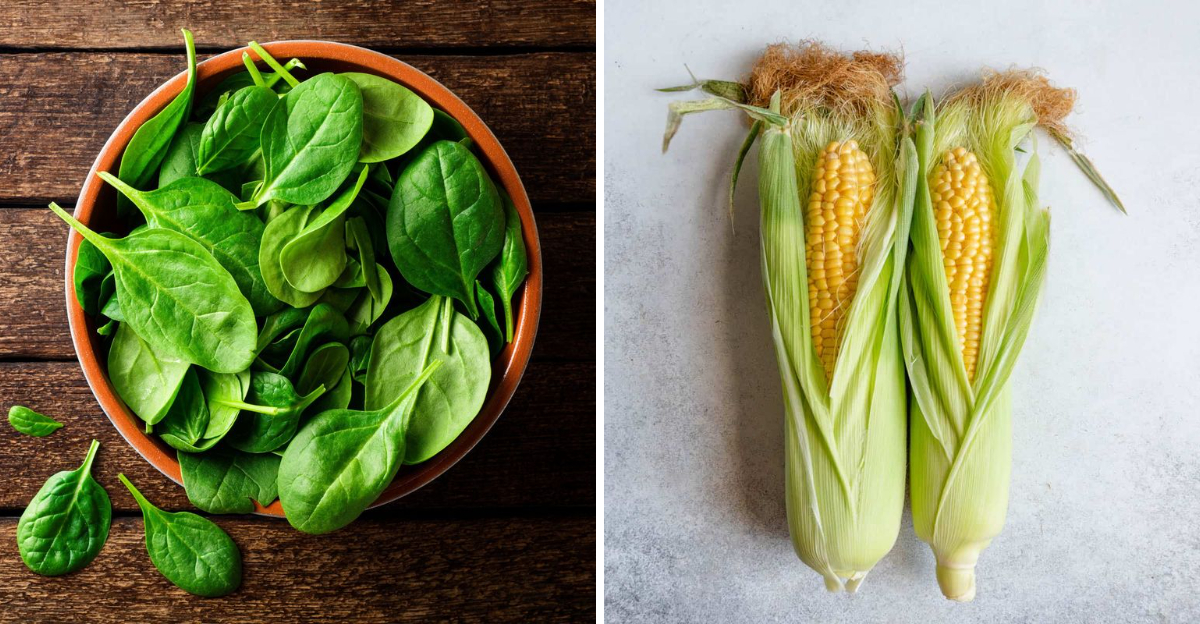
Exploring the world of vegetables reveals a treasure trove of flavors, nutrients, and culinary possibilities. While some vegetables are powerhouses packed with essential vitamins and minerals, others might not be as crucial for daily consumption. In this guide, we delve into 15 vegetables that deserve a spot on your plate every day, and 10 that you can enjoy more sparingly. Whether you’re looking to boost your health or simply savor delightful tastes, understanding the unique benefits and roles of these vegetables can help you make informed and delicious choices.
1. Spinach
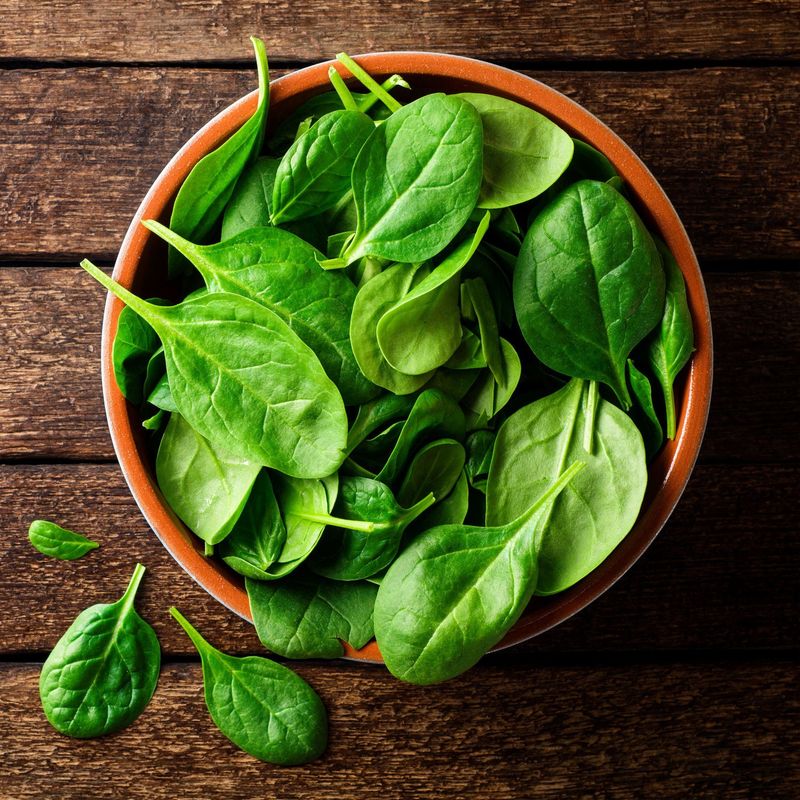
Spinach, with its deep green leaves, is a nutritional powerhouse. High in iron, it supports blood health and energy levels. Full of magnesium, it aids muscle function and a healthy heart. Folate in spinach is crucial for cell growth, making it a vital daily vegetable. You can toss it in salads or blend it into smoothies; the possibilities are endless. Its mild taste and tender texture make it a versatile ingredient. Remember, the fresher the spinach, the more nutrients it retains, so enjoy it raw or lightly cooked.
2. Kale
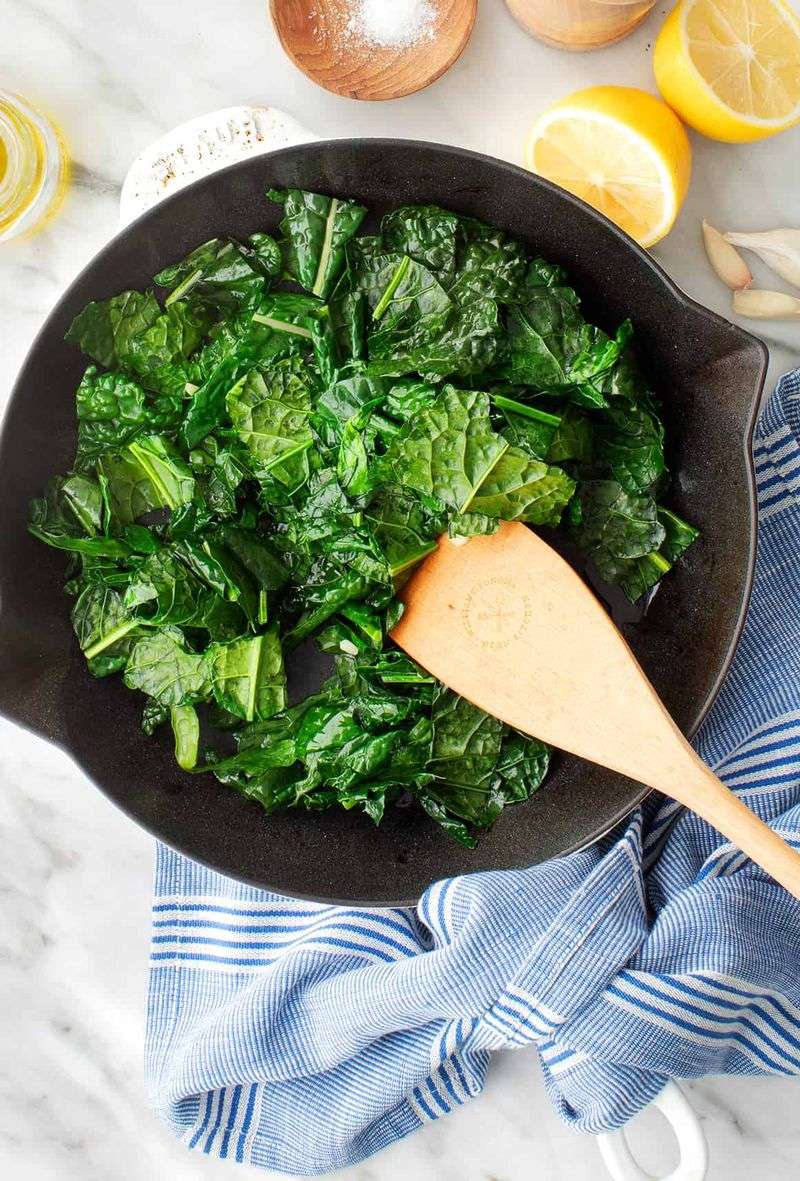
Kale is a leafy green marvel that’s rich in vitamin K, essential for bone health. It’s also packed with vitamin C, supporting your immune system. Antioxidants abound in kale, helping to combat free radicals. Enjoy kale in salads or smoothies; its slightly bitter taste pairs well with sweet fruits. When cooked, its texture softens, providing a hearty base for dishes. Whether you bake it into chips or sauté it with garlic, kale remains a nutrient-rich staple, deserving a daily spot on your plate.
3. Broccoli
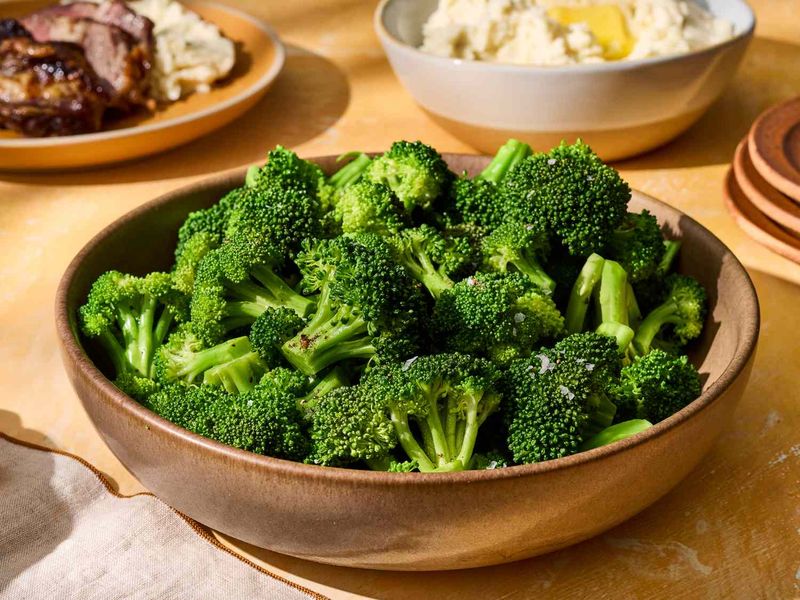
Broccoli, a member of the cruciferous vegetable family, boasts a wealth of nutrients. Its fiber content aids digestion, while vitamin C boosts immunity. Sulforaphane, a compound found in broccoli, is linked to reduced inflammation and even cancer protection. Whether steamed or stir-fried, broccoli retains its crunch and delightful flavor. Pair it with a squeeze of lemon or a sprinkle of Parmesan for a tasty treat. Broccoli’s versatility and health benefits make it a must-have in your daily vegetable lineup.
4. Carrots

Carrots are more than just a crunchy snack; they’re packed with beta-carotene, vital for eye health. This orange vegetable is also a great source of antioxidants, supporting overall immune health. Whether enjoyed raw or roasted, carrots bring a natural sweetness to your meals. Try grating them into salads or blending them into soups for added texture and flavor. Their vibrant color and sweet taste make carrots a favorite among children and adults alike. With a myriad of culinary uses, carrots deserve a daily spot in your diet.
5. Bell Peppers
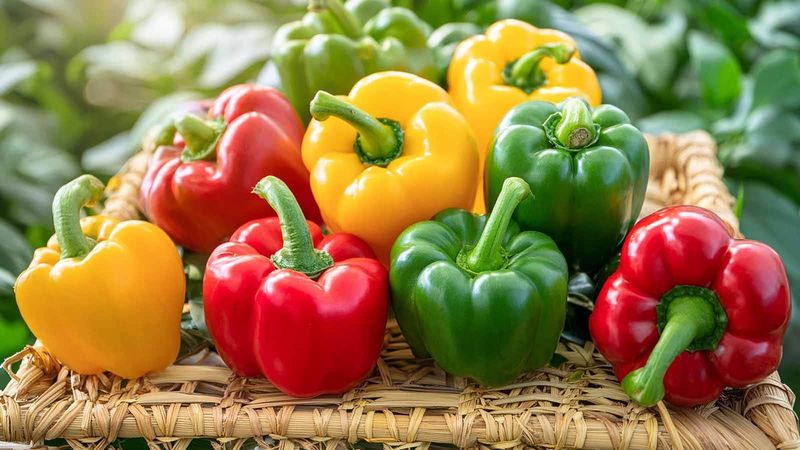
Bell peppers, especially the red variety, are a vibrant addition to any meal. They’re an excellent source of vitamin C, supporting skin health and immune function. Antioxidants in bell peppers help combat inflammation. Enjoy them raw for a crisp snack or roasted for a smoky depth. Their bright colors and sweet flavor make bell peppers a versatile ingredient in salads, stir-fries, or even stuffed dishes. Whether you’re enhancing a dish visually or nutritionally, bell peppers offer irresistible appeal.
6. Garlic
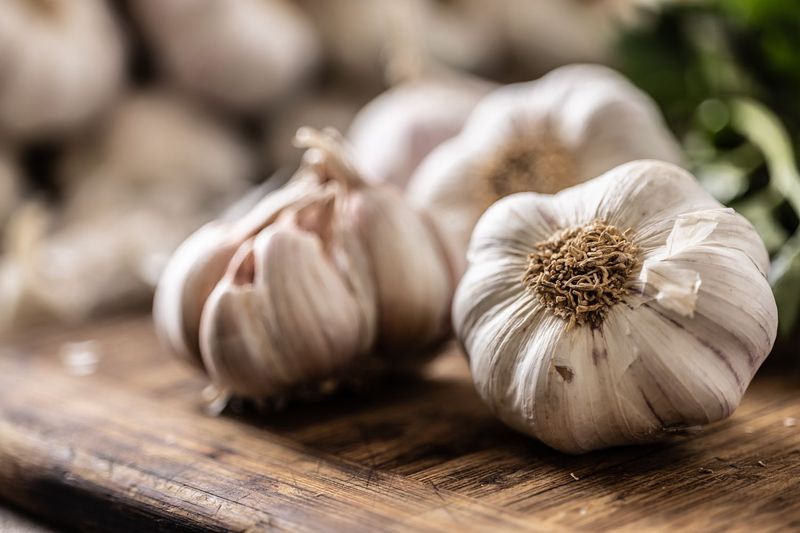
Garlic, though not technically a vegetable, is a powerful ally in the kitchen and for your health. Its sulfur compounds boost immunity and support cardiovascular health. With a pungent aroma and robust flavor, garlic enhances dishes from pasta to stir-fries. Crush it to release its full potential or roast it for a sweeter taste. Its versatility and health benefits make garlic a staple in cuisines worldwide. Whether you’re warding off a cold or adding zest to a meal, don’t overlook this potent ingredient.
7. Onions
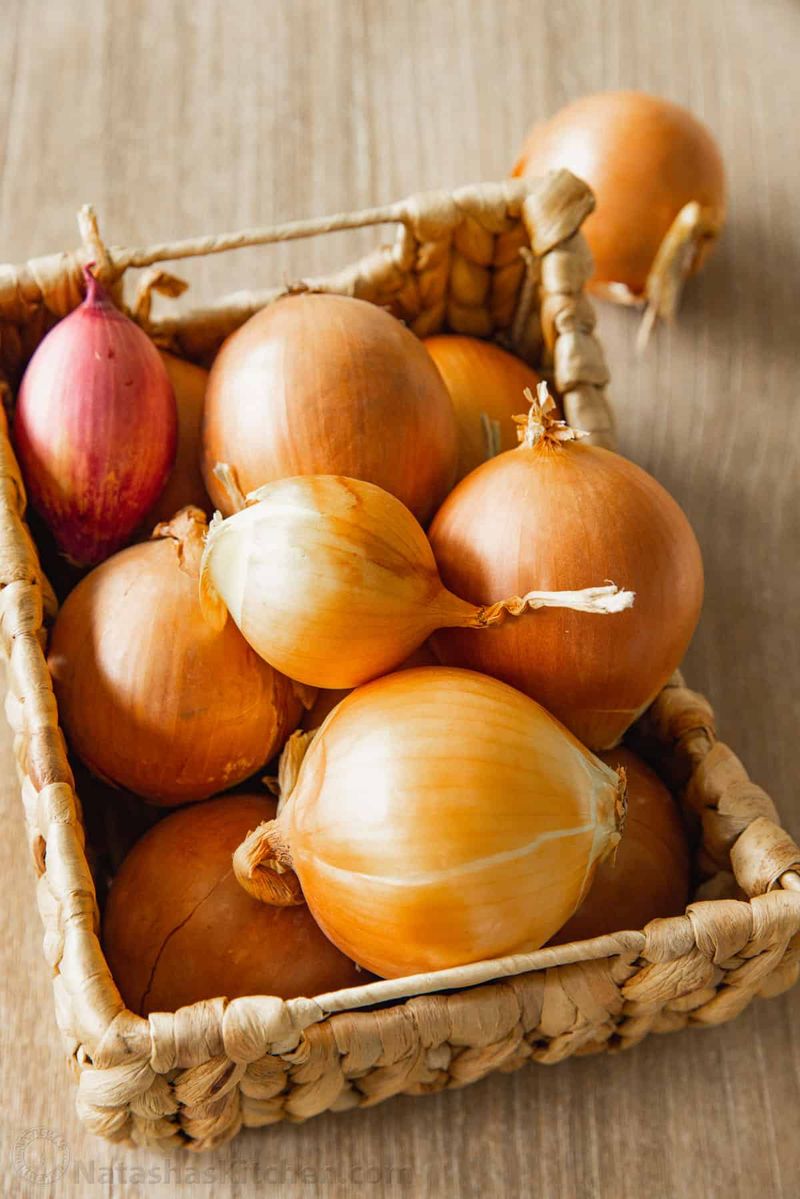
Onions, with their layered texture and pungent flavor, are a kitchen staple. Packed with anti-inflammatory compounds, they support heart health and reduce inflammation. Onions also offer prebiotic fiber, promoting a healthy gut. Whether caramelized for sweetness or raw for a crisp bite, they elevate dishes from soups to salads. Their versatility and rich flavor profile make onions an indispensable ingredient. With a history dating back thousands of years, onions continue to be cherished in cuisines across the globe.
8. Sweet Potatoes

Sweet potatoes, with their vibrant orange flesh, are a delightful source of fiber and beta-carotene. Slow-digesting carbohydrates provide sustained energy, making them perfect for any meal. Baked, boiled, or mashed, sweet potatoes offer a naturally sweet flavor that pairs well with spices like cinnamon or cumin. They’re a versatile alternative to regular potatoes, adding color and nutrition to your plate. Whether in casseroles or as chips, sweet potatoes are both nutritious and comforting.
9. Tomatoes

Tomatoes are a juicy, flavorful fruit often mistaken for a vegetable. Rich in lycopene, they offer powerful antioxidant properties linked to heart health. Enjoy tomatoes fresh in salads or cooked in sauces, where their umami flavor shines. From cherry to heirloom, each tomato variety brings unique tastes and textures. Whether sliced on sandwiches or blended into gazpachos, tomatoes are a culinary staple with endless possibilities. Their vibrant color and refreshing taste make them a must-have in any kitchen.
10. Brussels Sprouts

Brussels sprouts, those tiny cabbage-like vegetables, are full of fiber and flavor. Rich in vitamin K, they support bone health and coagulation. Detoxifying compounds in Brussels sprouts help cleanse the body. Roasting brings out their natural sweetness, while steaming preserves nutrients. These little greens can be a delightful side dish or main component in salads and casseroles. With their unique taste and health benefits, Brussels sprouts prove that good things come in small packages.
11. Beets
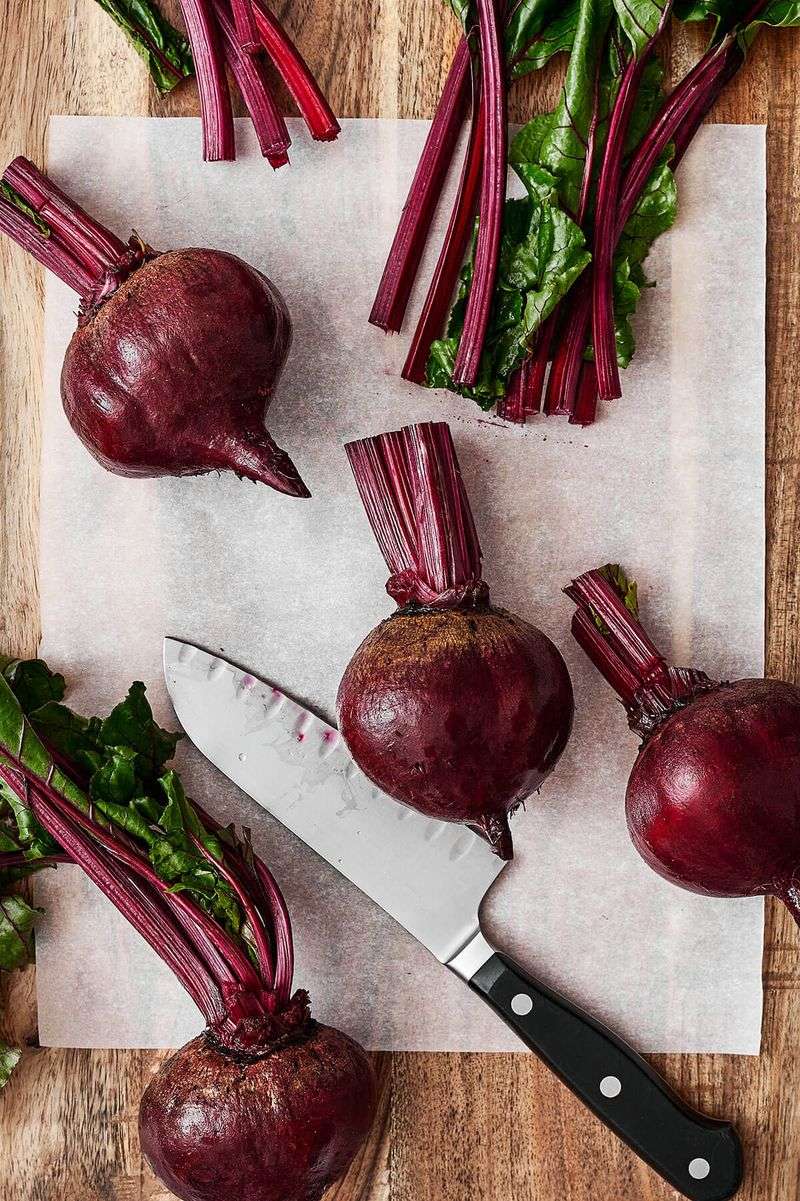
Beets, with their earthy sweetness, are a nutritional gem. Their natural nitrates support heart health by promoting blood flow. Antioxidants in beets, like betalains, fight oxidative stress. Whether roasted, boiled, or juiced, beets offer a depth of flavor and color to dishes. Their vibrant hue brightens up salads, while their naturally sweet taste complements savory ingredients. Known for their detoxifying properties, beets are a delicious way to boost your diet and well-being.
12. Cabbage
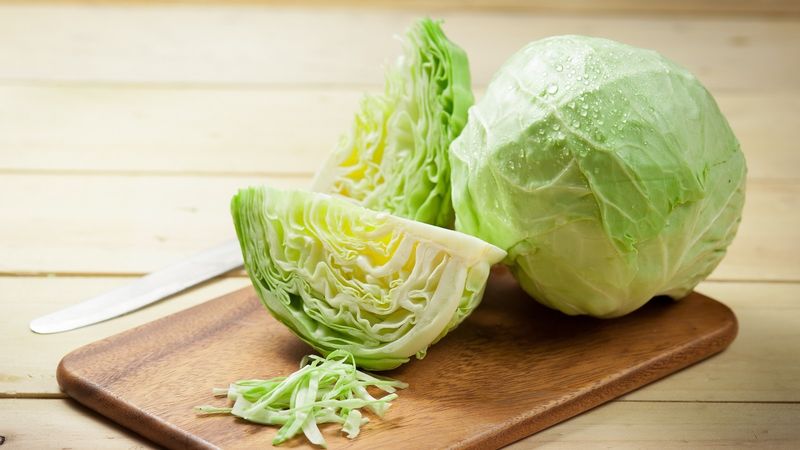
Cabbage, a humble but nutritious vegetable, supports digestion with its fiber content. Rich in vitamin C, it boosts immunity and skin health. Cabbage’s cancer-fighting compounds, such as glucosinolates, add to its appeal. Enjoy it raw in slaws or fermented as sauerkraut. This versatile veggie absorbs flavors well, making it a staple in many cuisines. Whether you boil, steam, or stir-fry it, cabbage remains a healthy and satisfying choice for daily consumption. Its crunchy texture and mild taste make it a family favorite.
13. Cauliflower
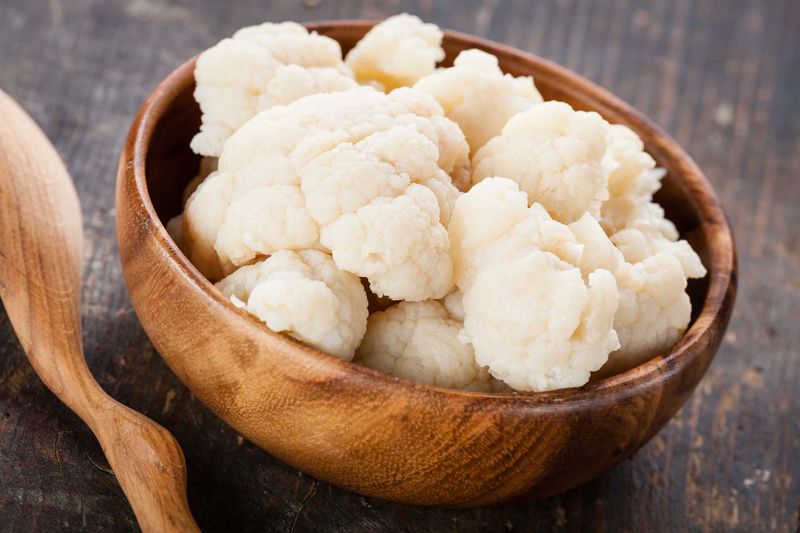
Cauliflower, often seen as a culinary chameleon, is low in calories but rich in nutrients. High in fiber, it aids digestion and satiety. Choline in cauliflower supports brain health. Its glucosinolates contribute to detoxification processes. Roasting enhances its natural nuttiness, while steaming keeps it tender. From cauliflower rice to pizza crust, this versatile vegetable adapts to various dishes, offering both flavor and nutrition. Its creamy texture and subtle taste make it a popular choice for healthy eating.
14. Mushrooms

Mushrooms, with their earthy and umami-rich flavor, are a culinary delight. Beta-glucans in mushrooms enhance immune function, making them a healthful addition to meals. From shiitake to portobello, each variety offers unique textures and tastes. Sautéed, grilled, or roasted, mushrooms complement a wide range of dishes. Their ability to absorb flavors allows them to shine in soups, stir-fries, and pasta. Mushrooms’ versatility and health benefits make them a beloved ingredient for vegans and meat-eaters alike.
15. Zucchini

Zucchini, with its subtle flavor and hydrating qualities, is a summer favorite. Low in calories and high in fiber, it promotes digestion without adding weight. Its versatility makes zucchini a staple in both savory and sweet dishes. Spiralize it for a low-carb pasta alternative, or bake it into muffins for added moisture. Whether grilled, sautéed, or raw in salads, zucchini’s mild taste complements many ingredients. With its crisp texture and refreshing flavor, zucchini is an easy and nutritious addition to any meal.
16. Iceberg Lettuce

Iceberg lettuce, often seen as the quintessential salad base, is low in nutrients compared to other greens like spinach. Its high water content provides hydration but lacks the fiber and vitamins found in darker leafy greens. Crisp and refreshing, iceberg lettuce adds texture to sandwiches and salads. However, for more nutritional benefits, consider pairing with other vegetables or choosing a mix of greens. While it’s a popular choice for its crunch, it’s best enjoyed occasionally rather than daily for optimal health.
17. White Potatoes (fried or heavily processed)

White potatoes, though nutrient-rich when baked, are often consumed in less healthy forms like fries. These fried or heavily processed versions are high in calories and low in fiber, making them less ideal for daily consumption. They can contribute to weight gain when eaten in large quantities. Instead, enjoy them baked or boiled with the skin on for more nutrients. Moderation is key with these starchy treats, as their preparation method greatly influences their health impact. Opt for healthier cooking methods to enjoy their benefits.
18. Corn

Corn, with its sweet and juicy kernels, is a beloved summer treat. While delicious, it’s starchy and relatively low in micronutrients, making it less essential for daily consumption. Its natural sugars can lead to quick energy spikes, so moderation is advised. Fresh or grilled corn adds flavor and texture to salads and salsas. Despite its lower nutritional value compared to other vegetables, corn’s versatility and taste keep it a popular choice for occasional enjoyment. Keep it as a treat rather than a staple.
19. Pickles (high-sodium varieties)

Pickles, particularly those high in sodium, are a tangy delight. While low in calories, their high salt content can impact heart health if consumed excessively. The fermentation process adds probiotics, beneficial for gut health, but the sodium levels often negate this benefit in prepared varieties. Enjoy pickles in moderation, perhaps as a garnish or side. They add zest and crunch without adding many calories, but balance is crucial. Look for low-sodium versions or make your own to control the salt content.
20. Canned Green Beans
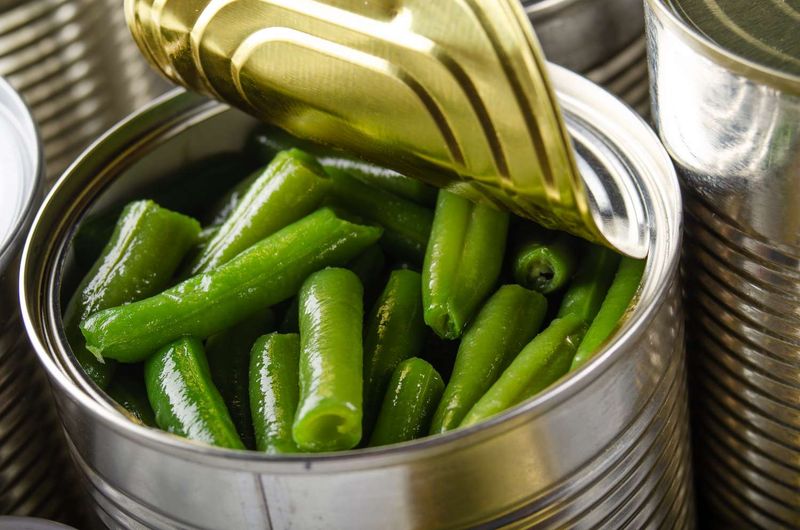
Canned green beans offer convenience but often compromise on nutritional value. Overcooked during canning, they lose many vitamins and minerals. Fresh or frozen beans retain more nutrients and offer a crisper texture. While easy to store and prepare, canned beans may contain added sodium or preservatives. For better health benefits, opt for fresh or frozen varieties whenever possible. These alternatives provide the fiber and vitamins needed for a balanced diet, making them a more nutritious choice than their canned counterparts.
21. Eggplant (daily use not necessary)
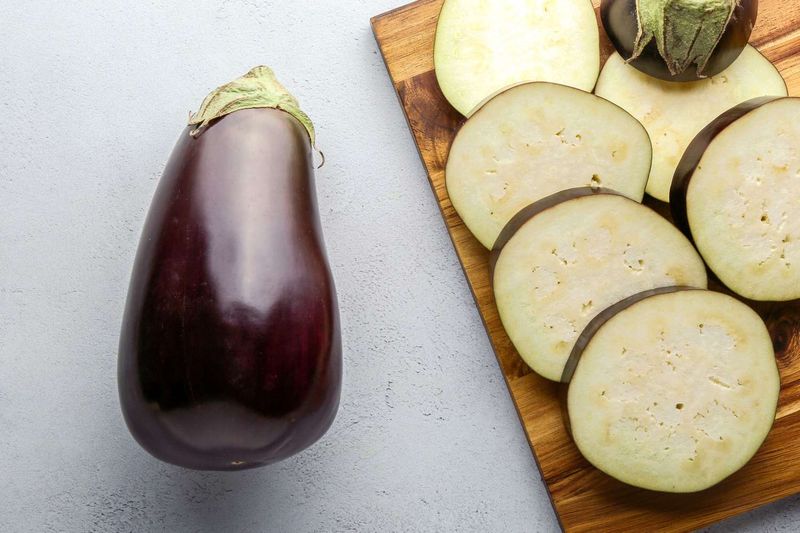
Eggplant, with its spongy texture and mild flavor, is a versatile vegetable. While not particularly nutrient-dense, it adds bulk and texture to dishes. Its purple skin contains nasunin, an antioxidant that supports brain health. Eggplant absorbs flavors well, making it a popular ingredient in Mediterranean and Asian cuisines. Grill or bake it for a hearty addition to meals. Though not essential for daily consumption, it offers culinary variety and can be enjoyed as part of a balanced diet.
22. Radishes
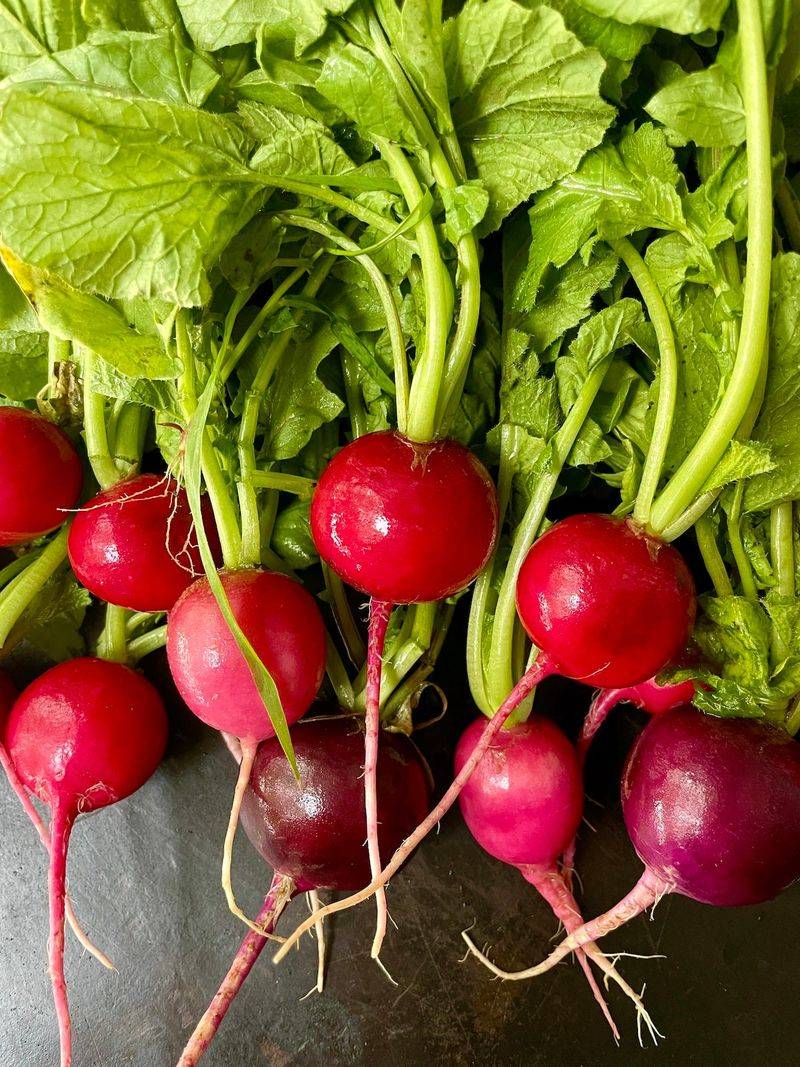
Radishes, with their peppery bite and crisp texture, add a refreshing crunch to dishes. While lower in overall vitamins and minerals, they offer vitamin C and fiber. Their vibrant color and distinct taste make them a lively addition to salads. Best used as a garnish or occasional snack, radishes provide a unique flavor profile. Despite being less nutrient-dense, they offer hydration and a burst of freshness. Enjoy them raw for their natural spice or pickled for a tangy twist.
23. Celery

Celery, celebrated for its crunchy texture, is low in calories and high in water content. While not rich in nutrients, it provides vitamin K and some fiber. Celery’s refreshing flavor makes it a popular snack, often paired with dips or peanut butter. Its crispness adds texture to salads and soups. Enjoy it in large amounts to benefit from its fiber content. Though not essential for dietary needs, celery’s hydrating qualities make it a refreshing choice, especially in hot weather.
24. Turnips
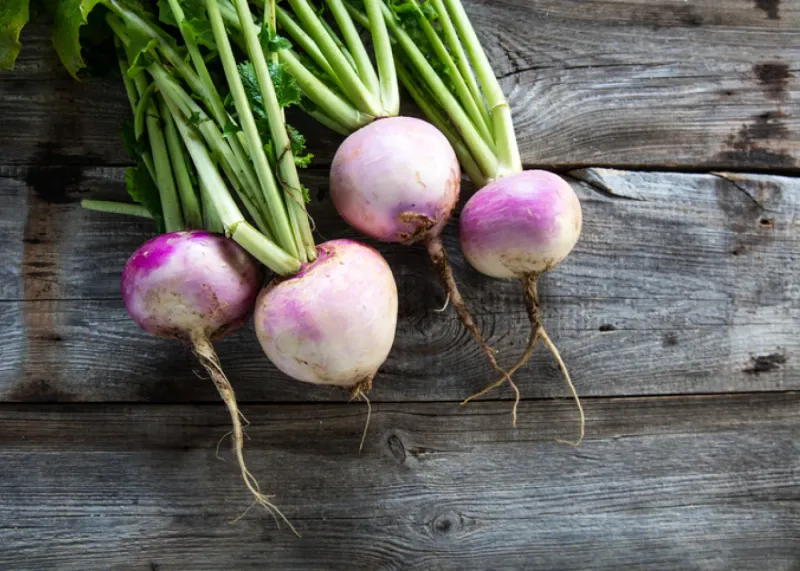
Turnips, with their mild taste and firm texture, are an underrated root vegetable. Less fiber-rich than sweet potatoes, they still offer vitamin C and potassium. Their subtle flavor complements a variety of dishes, from stews to roasted medleys. Though turnips don’t boast the same nutritional profile as other root vegetables, they provide a unique taste and texture. Consider them as a versatile addition to soups and casseroles, where they absorb flavors beautifully. Turnips are a delightful change of pace.
25. Artichoke Hearts (marinated, jarred)
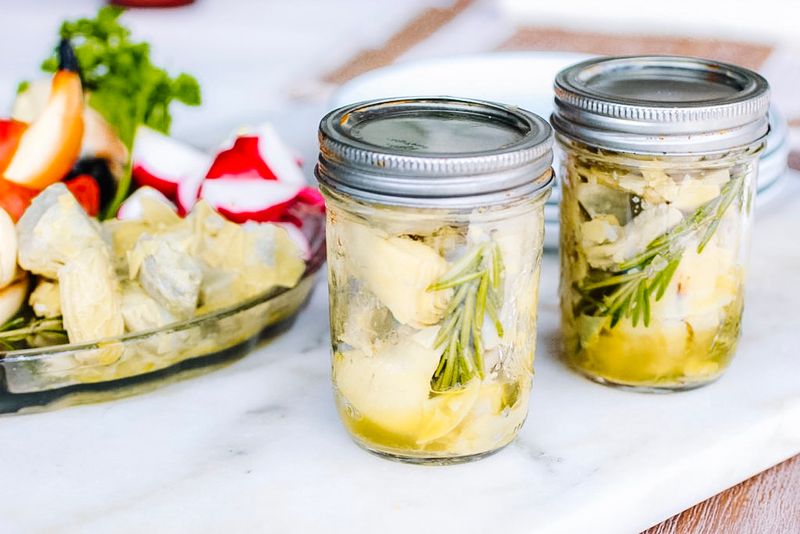
Artichoke hearts, when fresh, are a nutrient-rich delicacy. However, marinated and jarred versions can be loaded with oil and sodium. While offering fiber and antioxidants, their preparation method often adds unwanted calories and salt. Better enjoyed fresh or cooked at home, where you can control the ingredients. Add them to salads or pasta for a burst of flavor. Marinated artichokes, though tasty, should be consumed in moderation. Opt for fresh when possible to maximize health benefits and enjoy their natural taste.
